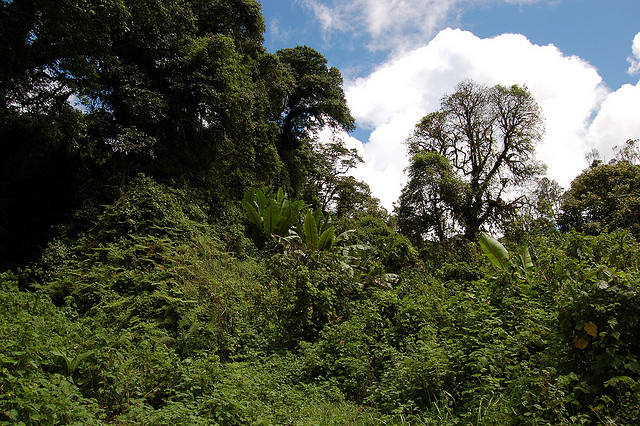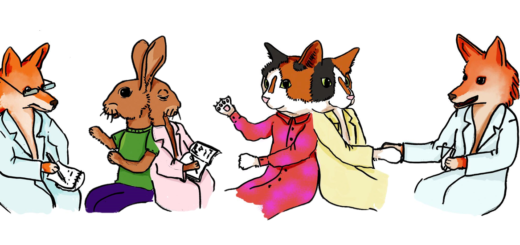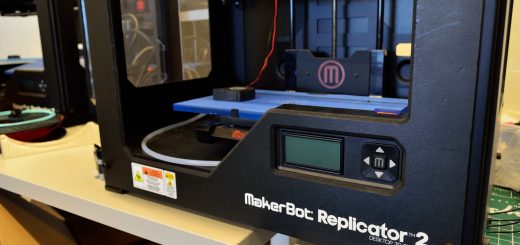Jungle Genomics

The ability to point a device at a life form and identify it is a long-running Sci-Fi trope, but is it now one step closer to reality? Whilst remote sensing is still a dream, a team of Italian scientists from the Science Museum in Trento and the University of Verona did something on the 4th May to advance the quest for a real life Pokédex – they unveiled Expedition Genomics Lab. In a wooden hut in Nkuka Forest, Tanzania, this group of researchers extracted and sequenced DNA from frog blood and sent the data to a live press conference in Trento, where it was analysed. It was a revolutionary act.
In case the gravitas of this does not hit you, let me explain. Typically, to achieve this, you would require temperature-sensitive DNA extraction protocols, power hungry equipment, access to large expensive sequencing machines, and expert technical support ¬– and that is just to get at the DNA. Not only is this infrastructure not field-friendly, it is largely absent from developing countries that harbour the majority of the world’s biodiversity. So how did they do it in a hot forest hut?
Working with Oxford Nanopore Technologies, the researchers developed a comparatively low-cost method to get real-time data on biological diversity. They used a kit optimised for use at room temperature, along with specialised equipment designed to run at 12 V (i.e. battery powered) to get the DNA, and then used a USB “third-generation” sequencing device called MinIONTM (Oxford Nanopore) to read it. This sequencer, smaller than a standard mobile phone, plugs straight into a laptop and requires no particular expertise to operate. The data then gets beamed worldwide through a standard 3G or 4G smartphone, where it can take advantage of off-site computing power. This is Expedition Genomics Lab.
The beautifully simple application of Expedition Genomics Lab masks the technological accomplishment. Using it, conservationists can identify species in the field (so long as they are recorded in molecular databases), forensic investigators can use it to aid in combating the illegal wildlife trade, and taxonomists can use it to help identify new species. The frog used in this stunt was a 95% match to the dwarf squeaker frog. Sounds pretty close, right? In fact a 5% difference is more than big enough to think this may be an entirely new species; unfortunately, it was released right after taking the blood sample, so we can’t be certain. Somewhere on Rungwe Mountain, Tanzania’s second-highest peak, in Nkuka Forest, sits a frog that has just helped unveil a potentially game-changing technology, and we don’t even know what name to put on the thank you card.
For more information, see the press release or this article.
Edited by Debbie Nicol










